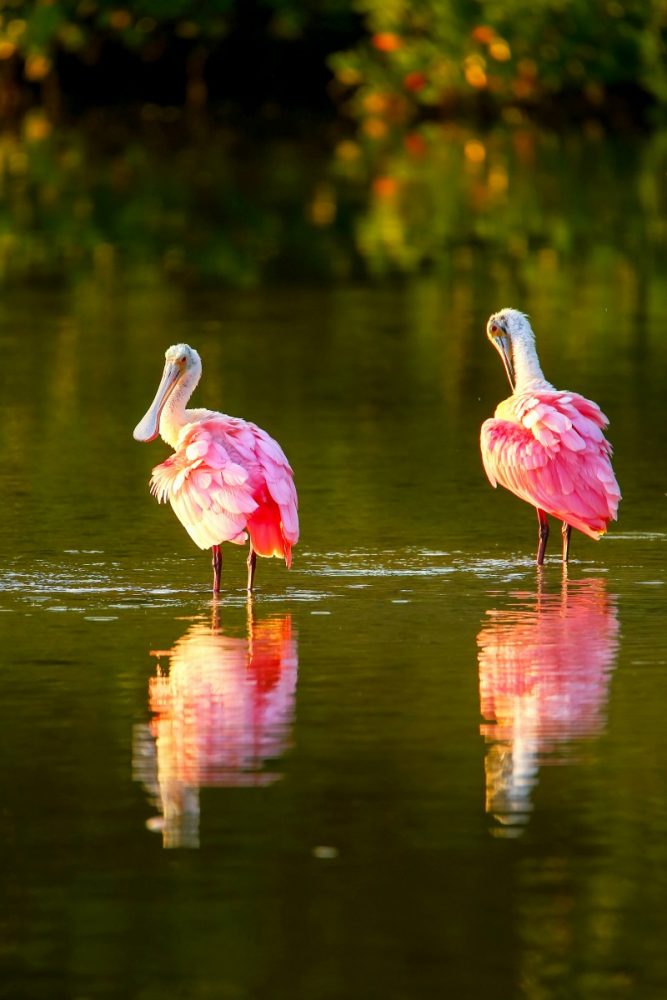Florida State Park System is comprised of more than 170 parks located in various areas throughout the Sunshine State. Charlotte Harbor Preserve is the third largest in the park system and is comprised of 43,404 acres that protect more than 100 miles of shoreline along Charlotte Harbor in Charlotte and Lee Counties.
Visitors who come to the park can take advantage of a multitude of opportunities to hike, fish, canoe, paddle, and observe wildlife. The park is full of natural communities that include mangrove forests, marshes, scrub habitats and pine flat woods. A large part of the park consists of shallow water that is surrounded by mangroves which provide opportunities to view a variety of birds, manatees, dolphins and other wildlife interacting in their natural habitat. It is a perfect opportunity for visitors to experience the wildlife up-close and personal without disrupting their day-to-day activity.
For those who wish to encounter the aquatic life that lives here, it is best to access the park is best by kayak or canoe.
For those who are interested in exploring the park on foot, hikers and bird-watchers have that ability to access Charlotte Harbor’s upland areas via a pedestrian walkthrough that is available at multiple locations throughout the park. Here guests have the opportunity to head out and explore the wildlife found along three marked trails.
In addition, visitors can also enjoy the resources provided by the Charlotte Harbor Environmental Center (CHEC) located in the park near Punta Gorda. This non-profit group offers a number of opportunities for visitors which include access to a visitor’s center, environmental education programs, interpretive guided hikes and six miles of marked trails.
To learn more about all that the park has to offer you and your family go to checflorida.org.
It should be noted that visitors are welcome to explore other areas of the Preserve, as long as they are not posted as closed to foot traffic. It is also advised that visitors carry a compass and water with them if they are unfamiliar with the area as there is no drinking water available along the trails and no way to contact rangers if you get lost on an unmarked trail.

Connect with Us!